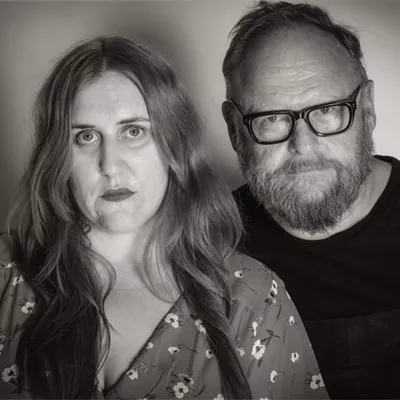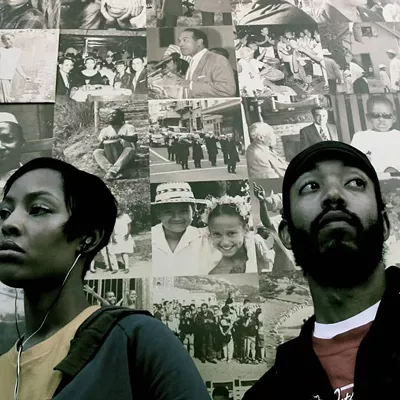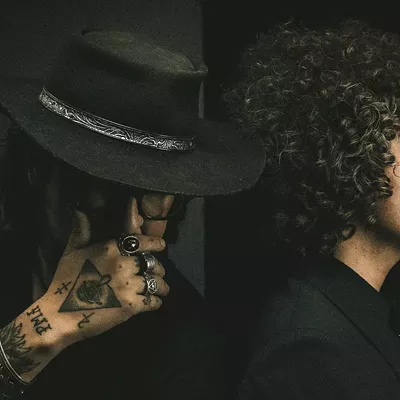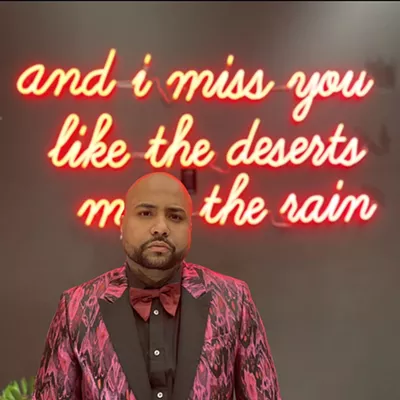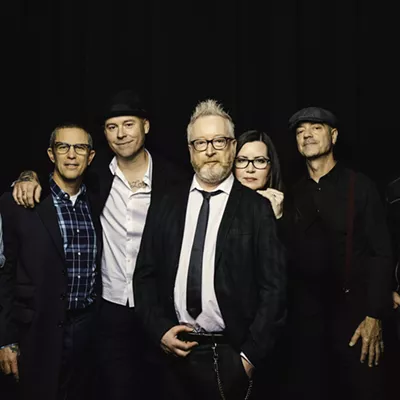"This record (is) very much inspired by different eras of the past," Jay said over the phone from his home in Los Angeles. "It's my sort of looking-back record. ... It's very past-oriented. A lot of different styles that I like came across on it, like '50s American music and Irving Berlin and Anthony Newley-type stuff."
Recorded by Calvin Johnson at his Dub Narcotic Studio in Olympia, Wash., A Place Where We Could Go presents Jeremy Jay as the K Records version of Buddy Holly--classic, vintage rock, but delivered with that K Records raw and relaxed aesthetic, which, said Jay, comes partly from the vintage equipment in Johnson's studio.
"It's all tube everything, and spring reverb--they have this great reverb that we actually used on the record, probably from the early '70s or late 1960s, and it just gives it like a classic sound without trying," said Jay. "All of the components put together make it sound classic, because it's recorded on classic equipment. ... It suits the songs."
It suits the songs, because they evoke that classic sound, lyrically and melodically. On songs like "Hold Me in Your Arms Tonite," Jay's perfect encapsulation of classic-rock romanticism is delivered in his shaky talk-sing voice, earnest in its lack of exaggeration. Jay's songs tell things as they are and as they could be --"'Till we meet again, I'll be in love," he sings on "Till We Meet Again," "I'll sit and read some stories by the lamp in the study."
So in another sense, the place where we could go in the title can also be an imagined place, a dream world or a future world that may at first only exist in the imagination--until it's made real. Many of Jay's songs began as dreams or daydreams, and describe scenes, ideal encounters and imagined meetings; Jay said it's this process of documenting the dream that starts to make it real.
"That's how you can see yourself," explained Jay. "You stand away. Let's say you want something in your life personally, like, 'I want to be with a certain kind of girl,' or, this person wants this job, or whatever. So you write it down, and you say what you want, and that's kind of what this record is--it's creating what you want, or who you are, and documenting it."
In Jay's songs, the documentation of the daydreams are beautifully simple and realistic escapes or encounters. "While the City Sleeps" is a perfect example: "We'll meet super-late, and we'll go for a walk," sings Jay as a walking bass line evokes film noir. "It's an adventure, while it seems like a movie." And on the title track, Jay sings, "You'll see me there waiting on the lamppost like we planned, and you'll sneak out in your pink dress and black shoes."
The place where A Place Where We Could Go takes you is classic, in not only its '50s-style musical aesthetic, but in its romanticism as well--and this honesty of emotion is what makes his music classic, vintage sound aside.
"Why not be honest and document really how you feel, so that in 100 years, it's still just honest? That's the way I look at it," said Jay.

